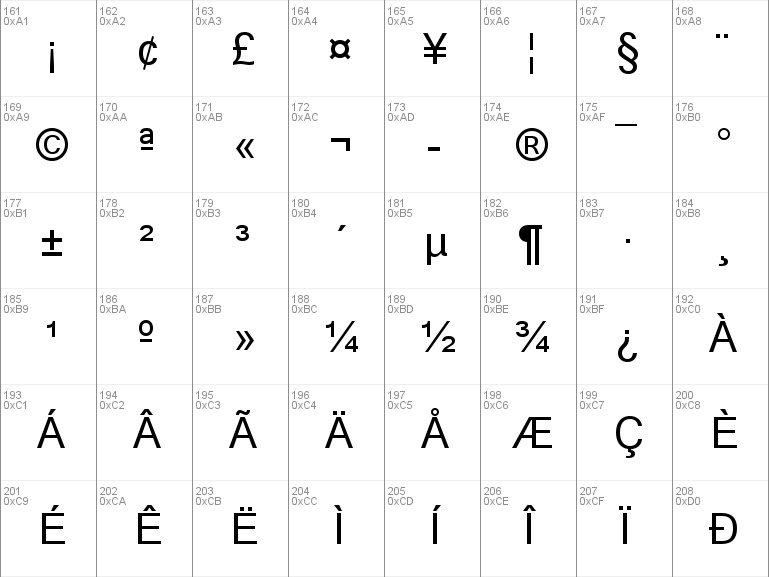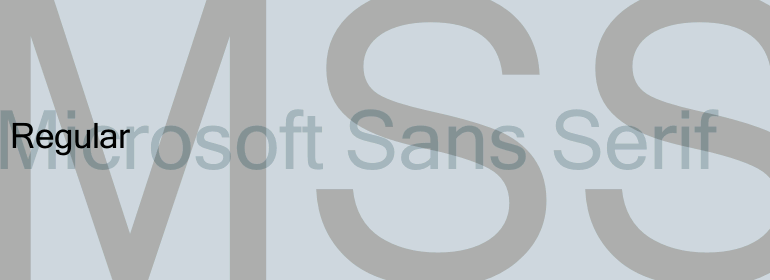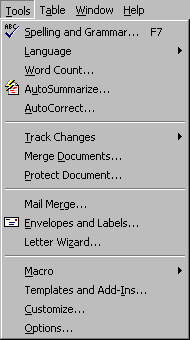


- Font microsoft sans serif driver#
- Font microsoft sans serif windows 7#
- Font microsoft sans serif windows#
New OpenType scripts include Arabic MAR script.
Font microsoft sans serif windows#
Version 1.41 (supplied with Windows XP SP2) includes 2257 glyphs (2301 characters, 28 blocks), which extended Unicode ranges to include Combining Diacritical Marks, Currency Symbols, Cyrillic Supplement, Geometric Shapes, Greek Extended, IPA Extensions, Number Forms, Spacing Modifier Letters. OpenType features includes init, isol, medi, fina, liga for default Arabic script. Font is smoothed at 0-6 points, hinted at 7-14 points, hinted and smoothed at 15 and above points. Version 1.10 of the font includes 1119 glyphs (1209 characters, 26 blocks), supporting Unicode ranges Alphabetic Presentation forms, Arabic, Arabic Presentation forms A-B, Cyrillic, General Punctuation, Greek and Coptic, Hebrew, Latin Extended-A, Latin Extended-B, Latin Extended Additional, Mathematical Operators, Thai. Capital R, which was designed in the style of original Helvetica in the original MS Sans Serif, is instead a compromise between Helvetica and the straight-diagonal descender in Arial the descender curves at the top and is a straight diagonal at the bottom. For example, the tail in the lowercase "a" is shortened to a vertical stem in Microsoft Sans Serif, the top of the stem on the lowercase "f" curves down instead of horizontally, the hook at the descenders of "y" and "j" are hooked up in Microsoft Sans Serif, the strokes in the middle of digit "8" intersect at a different angle. The PostScript font name is MicrosoftSansSerif.ĭespite being a vectorized replacement, there are subtle design changes.

This font also contains most glyphs shipped with any version of Windows until Windows Vista, excluding fonts supporting East Asian ideographs. Microsoft Sans Serif is a TrueType font that is designed as a vectorized, metric-compatible variant of MS Sans Serif, distributed with Windows 2000 and later (designed by Microsoft). The name "Helv" is still used in Windows as a synonym for MS Sans Serif.
Font microsoft sans serif windows 7#
Today, the font is still available in all editions of Windows 7 (a Euro symbol was added for the release of Windows 98), and is still used in menus, dialog boxes, etc.
Font microsoft sans serif driver#
When changing dpi settings in Windows 95 or later (in Windows 3.1, dpi setting is tied to screen resolution, depending on driver information file), Windows is configured to load a different MS Sans Serif font, historically called the " 8514" variant, which adds sizes 23 and 30 points. MS Sans Serif is available in the font sizes 8, 10, 12, 14, 18, and 24. Starting from Windows 2000, the default desktop scheme uses Tahoma. MS Sans Serif is the default system font on Windows 3.1, Windows 95, Windows NT 4.0, Windows 98, and Windows ME. A TrueType version, Microsoft Sans Serif, was introduced with the release of Windows 2000. It changed to its current name in Windows 3.1. MS Sans Serif is very similar in design to Arial and Helvetica. MS Sans Serif is a proportional raster font introduced in Windows 1.x as "Helv". I am sure that Chinese users are simply used to that specific look & feel.Microsoft Sans Serif is either a registered trademark or a trademark of Microsoft Corporation in the United States and other countries. Instead of fighting the rendering issues, it is best to just let it pass. It might be appropriate for "static" UI elements that are not going to be translated to Chinese but would be totally unacceptable for text boxes and similar controls which allow users to enter free-form text. Please be aware, however that if you do that, Chinese characters might appear corrupted – if I recall it correctly it will turn-off font fall-back mechanism completely. To avoid the problem, you might want to "hardcode" font information in resource files – usually simple size modification (i.e.

And of course due to sheer size, MS Sans Serif does not have Chinese glyphs defined. The reason why font is replaced, is that default font on Chinese OS needs to display Chinese characters. If you haven't done anything to your fonts, default font fall-back mechanism would probably use SimSun as a font replacement for your standard font.


 0 kommentar(er)
0 kommentar(er)
